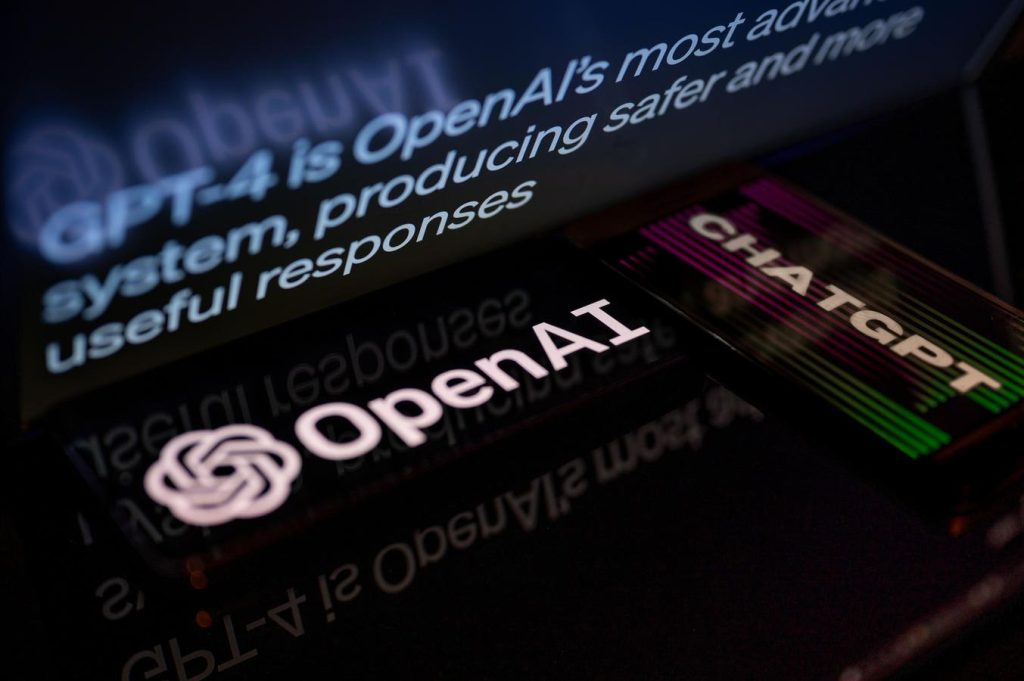Artificial intelligence, and generative AI specifically, is at the forefront of how executives are navigating the complexities of the modern economy, particularly within the financial services industry. As revealed by leaders like CCG Catalyst, generative AI is not just a niche technology but a transformative force that has the potential to revolutionize the way executives and banks operate. Unlike a distant crisis, generative AI equipped with precision models and an understanding of business needs is a tangible tool that can unlock actionable insights without imposes excessive biases or urgency. Its adoption by banks and credit unions, promises to createOperational efficiencies, enhance customer experiences, and empower data-driven decision-making.
The Role of Generative AI in Banking: A Look Toward the Future
Generative AI, especially generative language models, holds the potential to transform the way businesses operate, particularly in the financial sector. These models are designed to generate text, content, and even synthetic data, making them invaluable tools for financial institutions looking to streamline their operations and modernize their strategies. By leveraging generative AI, banks and credit unions can achieve real value without resorting to what has become increasingly costly measures of FUD (False Unknown Data).
There are three primary areas where generative AI is currently resonating with financial institutions, offering transformative opportunities:
-
Knowledge Management: Banks are integrating generative AI tools to improve the efficiency of their intranets and knowledge management systems. From internal chatbots to purpose-built solutions, AI-driven insights are designed to help employees better understand their roles and access relevant information. These tools prioritize simplicity, ensuring that even with existing partners like Microsoft, the complexity of generative AI can be navigated without ambiguity or FUD.
-
Content Development: Generative AI’s ability to create a wide range of content, including sales copy, training materials, and procedures, is being embraced by financial institutions. While generative AI also serves as a tool for synthetic data and code generation, its unique capabilities allow it to address niche areas that are not covered by traditional content creation methods. This dual use of generative AI presents exciting potential but also requires caution to minimize risks while maximizing value.
- **Customer Service (.meshWR survives with a "Helper" Circle): Generative AI is proving to be particularly sensitive to the concerns of customer service teams. While traditional AI tools may struggle with hallucinated or misleading outputs due to the generation of synthetic data, banks and credit unions are experimenting with tools that incorporate human judgment, such as tools that "approved" responses from LLMs or integrated with "agent assistance". This forms a "helper circle" that provides banks with a more accessible "human-in-the-loop" approach.
The Journey of Generative AI in Banking
While there are undeniable benefits of generative AI in the financial sector, certain challenges must be addressed to harness its full potential. The primary hurdle stems from the risk of generating "False Unknown Data":
- False Unknown Data: Generative AI often generates synthetic data, which can present a risk of overgeneralizing or_digits. While this is a concern, banks are increasingly exploring tools that integrate human judgment, such as "Human-in-the-loop" approaches, to mitigate risks.
- Data Security: LLMs, while powerful, are fundamentally sensitive to the data they are trained on. Banks must carefully vet the data they integrate with LLMs, especially within regulated environments where data security is paramount.
Despite these challenges, there is a clear opportunity for banks to adopt generative AI sophistication without overwhelming their operations. By focusing on understanding how the technology fits into their strategic goals, banks can unlock meaningful opportunities through tailored solutions that best meet their specific needs.
The Technology Within the Technology: The Dawn of an Ancientcls AI D視IO
The integration of generative AI with a deep understanding of banking strategy is not only a prefixed feature but also a weapon. By recognizing the technology and its potential, banks can position themselves for transformative changes without resorting to frameworks as ‘$-mutedloaka’ for fear of being tagged. This synergy between innovation and agility makes generative AI a prime driver of innovation in the financial services sector.
Challenges Remain
While the potential for generative AI is vast, challenges such as False Unknown Data and data security persist as significant hurdles. However, by collaborating with trusted partners like Microsoft’s Copilot, banks can tap into existing solutions while experimenting with human-in-the-loop approaches to further enhance the technology’s value.
In conclusion, generative AI is poised to reshape the financial sector’s operational landscape, offering real-value solutions that leverage precision models and align with the needs of banks and credit unions. While obstacles remain, particularly around FUD and data security, the potential for meaningful, data-driven transformation is Richard compelling. As banks continue to cautiously experiment with generative AI, the potential for services to empower decision-making and omnichannel efficiency is immense.
The future of generative AI in banking looks一幅 bright future for those who embrace it with a hybrid and tactical approach. By combining expertise, a "human-in-the-loop" philosophy, and冷冻 patience, banks can unlock accessible, meaningful uses of generative AI, positioning themselves for lasting impact. This is a test of innovation, whether foroviLernag groundbreaking insights or for managing existing operations smarter and more deeply.

